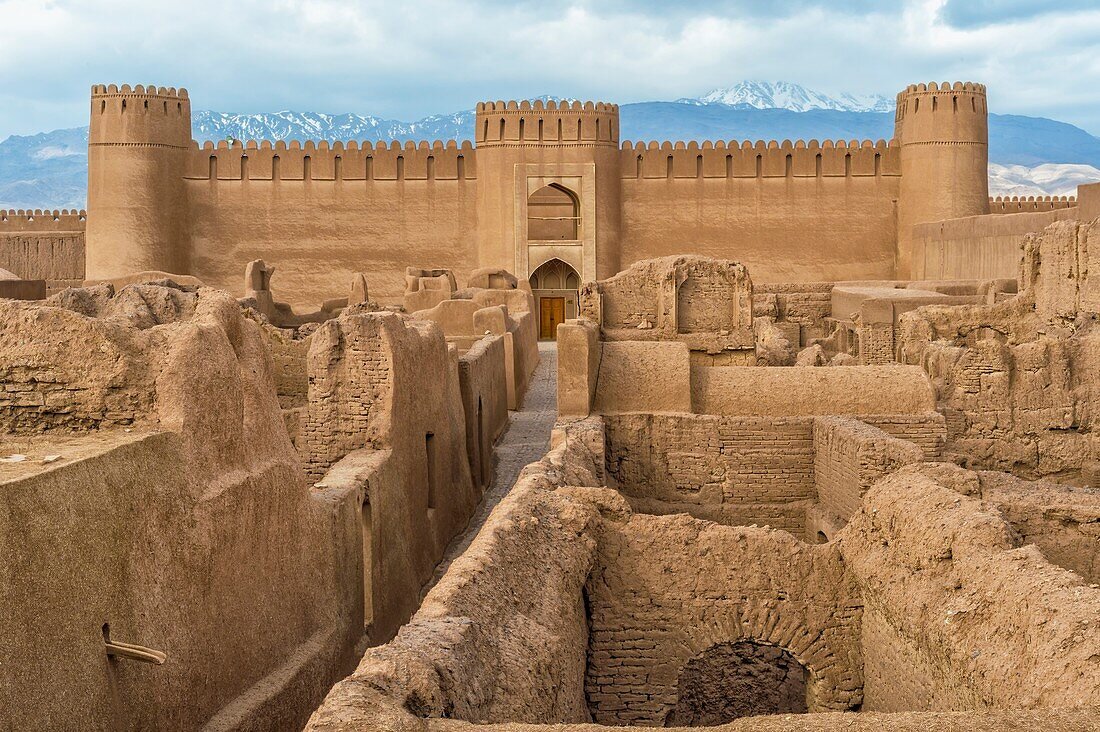New restoration phase breathes life into Rayen citadel

TEHRAN – Kerman’s Rayen citadel, one of the largest mud-brick structures in the world has entered a new phase of restoration.
Vahid Taheri, a local official in charge of Rayen citadel’s restoration, regarding the start of this new phase, stated that the restoration project has begun with a budget exceeding 10 billion rials (approximately $20,000).
“The new phase of the restoration,” he added. “Includes work on the walls, facades, and roof of the citadel’s school.”
Taheri further noted that many tourists visit this historical site throughout the year, and each year various parts of this valuable structure are restored, renovated, and organized by the provincial cultural heritage headquarters.
In his concluding remarks, Taheri highlighted that the Rayen citadel is one of the most significant historical attractions of Kerman, covering an area of over 22,000 square meters.
The Rayen citadel, one of the largest mud-brick structures in the world and the second-largest in Iran after the Bam citadel, stands approximately 30 kilometers from the city of Kerman. Historical records indicate that its origins date back to the first century AH.
Discoveries within the citadel, including various inscriptions and historical artifacts, have enabled Iranian archaeologists to confirm that the Rayen citadel predates Islam and stands as one of Iran’s most significant historical monuments. The architecture, reflecting Sassanid design, supports this assertion.
Perched atop a hill, the citadel features multiple towers and a grand entrance gate leading visitors directly into its courtyard. The structure’s walls are entirely made of mud bricks, with the shortest standing at 10 meters. The intricate design and geometric patterns are characteristic of Sassanid architecture, featuring large, circular arches and extensive use of mud bricks.
Inside, the citadel is divided into various sections, reflecting a vibrant community once thriving within its walls. These include a bazaar where traders sold goods, noble residences for governmental and elite figures, storage facilities for year-round food supplies, and fire temples, which have been frequently mentioned in historical texts.
The market area was a bustling hub of commerce, while the noble residences housed influential figures of the time. The fire temples, central to the Sassanid era, provide further evidence of the citadel’s ancient origins. The residential areas also reveal a clear distinction between the elite and the common populace.
Kerman, known for its cold climate, makes the spring and summer the ideal seasons to visit the Rayen Citadel. During these months, the weather is pleasant, allowing visitors to enjoy the surrounding natural scenery and nearby gardens.
XF
